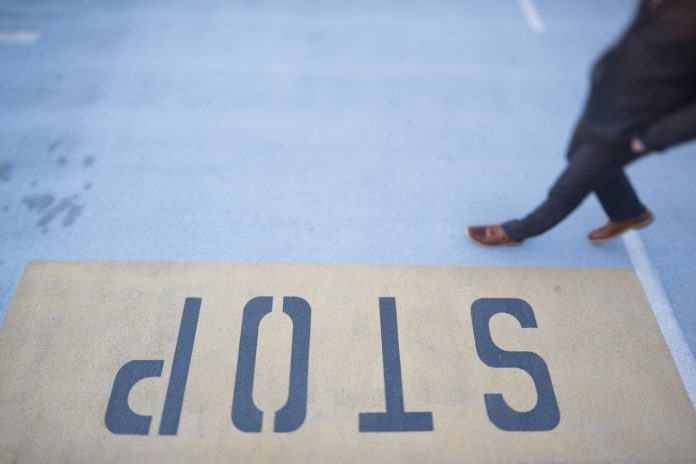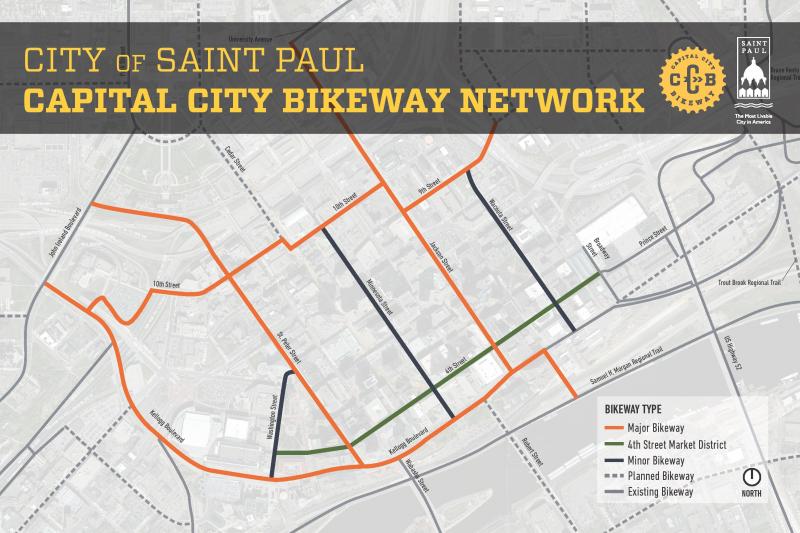
Summers are easy. Winters are tough. But winters are tough on everyone, car or not. One of the greatest benefits of living in the city close by everything is you don’t have to drive if you don’t want to. And, as stated in the article Why Car-Free Cities Aren’t Right Around the Corner –
Taking cars off streets yields a number of benefits for cities, including helping to attract young people, limiting pollution and facilitating safer roadways for both drivers and pedestrians, says Norman Garrick, who studies urban planning at the University of Connecticut. That’s part of the reason, he says, “cities are really doubling down and trying to reduce use of cars.”
But people are still reticent to give up driving.
By and large, though, most Americans don’t appear ready to ditch their cars just yet. Nationwide, about 9 percent of U.S. households didn’t have access to a car in 2013, according to Census data analyzed by Governing — a figure that hasn’t changed much in recent years.
But the United States has been a driving culture since the Detroit glory days: It seems easier to own a car (not always the case, as we’ll explain), and we Minnesotans certainly love our autonomy; the ability to hop in the car and hit the open road (until road rage kicks in, that is). There’s the glamour and glitz; the dream car, the muscle car, the picking up your date in the drop-top…
There are more than a few reasons to try driving a little less, or not at all.
No parking, no problem
One of the largest problems facing growing cities, especially cities growing as fast as Minneapolis and St. Paul, is where to put all the cars. Everyone wants street parking, but that isn’t always feasible in dense urban areas. So we build ramps, we raise hourly rates while drivers circle, circle, circle the block just hoping a spot out right out front of their destination will open up.
A survey from the International Parking Institute found that 30% of city traffic comes from people simply looking for parking.
But – without a car, there is no need to park.

In downtown St. Paul, for example, the convergence of public transit at Central Station means you’re right in the center of the city ready for dinner, show, work, etc. without having to worry about which ramp your car disappeared into, or when to plug your meter, etc.
St. Paul’s streets, in most neighborhoods, are very walkable as well. It’s fairly easy to get around without a car, if you’re willing to go on foot.
Stay active
Plus, the Twin Cities (Minneapolis especially) are constantly landing on “best biking” lists.
A few examples:
- Minneapolis Named Best Biking City
- Minneapolis ranked one of the most bike-friendly cities in the world
- The 50 Best Bike Cities of 2016
And downtown St. Paul is currently working on brand new bicycle infrastructure (the first leg of which is already complete) to complement the Greenway in Minneapolis, and the miles and miles of bike ways weaving in and around the cities to make it easier, safer, and more fun to be a biker.

But you don’t have to be a biker. For some bipeds, bicycles don’t make sense. And that’s fine. One of the benefits of St. Paul, especially downtown, is that it is very pedestrian-friendly – you can walk anywhere, at anytime, quite easily.
And public transit is growing in both cities as well, making it easier to travel further distances without anything more than you’re reliable two feet.
(And working to be more accessible for those handicapable who might not have use of their feet. Read more: Metro Transit Accessibility.)
Winter? What winter?
You’re somewhat convinced by now. You’ve made it this far at least without scoffing and clicking away. But in the back of your mind, there’s still that nagging question.
What about the weather?
Minnesota’s long and often harsh winters make having a car seem like a necessity; there is a certain convenience to having a car waiting for you to drive to work, or wherever. But it’s less convenient to leave your car running for twenty minutes while it warms up, scraping off the windshield if you don’t have a garage, and shoveling the driveway if you do.
And winters are tough on cars. The maintenance that comes from winter usage, the corrosion due to salty streets, the tickets for towing when you don’t move your car for towing, changing to winter tires, or slipping, sliding, crashing into cars, people, poles…
It’s often cheaper (annual cost of owning a car is around $9,000), and easier, to not deal with a car in the dead of winter. It’s about planning, sure, making sure that you leave in enough time to catch the train/bus, or dress warm enough for winter biking. But there is a financial payoff for leaving your car at home.
(For more tips on winter biking, here is a guide: Make the switch from car to bike commute this winter: Here’s how)
And on those most frozen of days? Those days when it’s just too cold to bike, walk, or even wait for the bus? Well, on those days we say thank god for Lyft.
Read this next: Will Lime scooters and bikes turn St. Paul green?
















